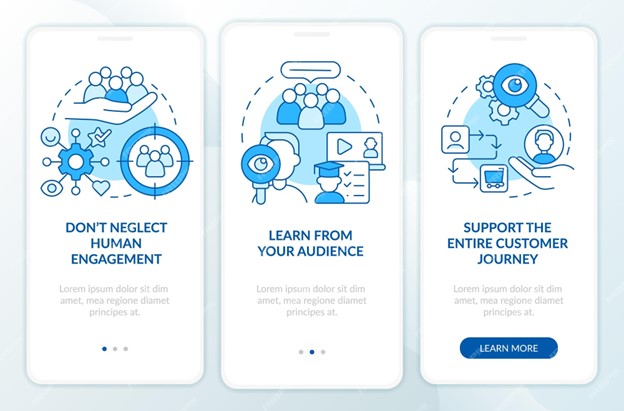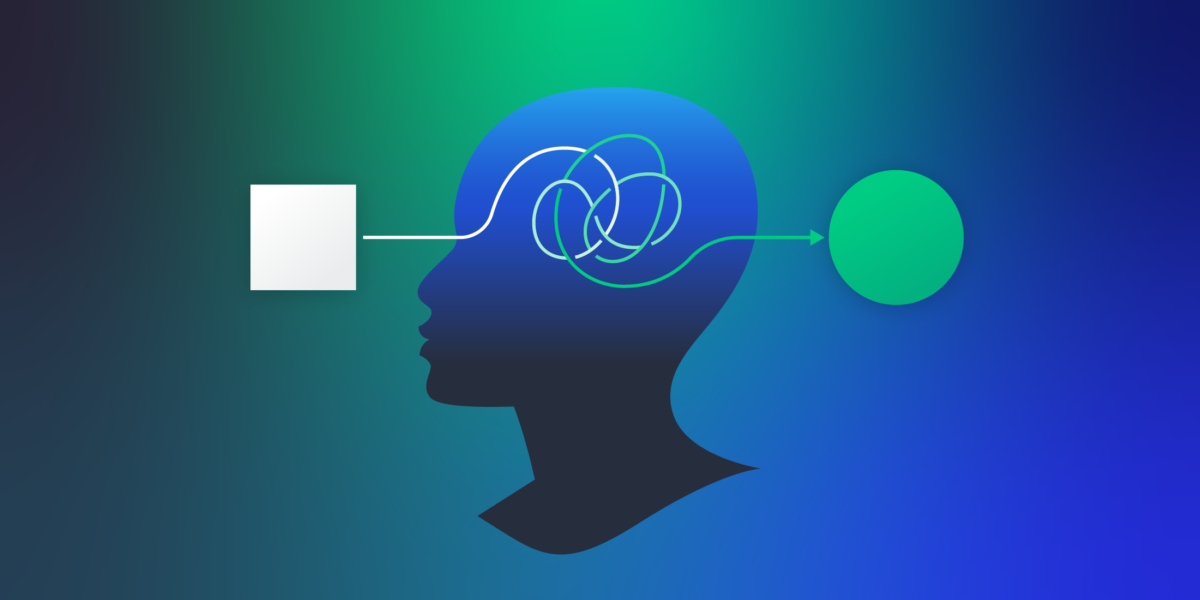In the world of interaction design, understanding the goals, interests, and needs of users is paramount. However, it is easy for product teams to lose focus on new users as they become immersed in the feedback and demands of existing users. This can lead to assumptions and oversights that hinder the onboarding experience for new users. In this article, we will explore the importance of new users, the benefits they bring, and how to incorporate their perspective into research and design processes.
Why New Users Matter
New users play a crucial role in the success and growth of a product. By expanding the user base, they contribute to increased market reach and potential revenue growth. Additionally, their fresh perspective provides valuable feedback and insights that can help identify pain points, refine features, and improve the overall user experience. The continuous influx of new users ensures the sustainability and longevity of the product in the market, allowing it to stay competitive and meet evolving industry standards and user expectations. Moreover, new users often contribute to revenue generation through subscriptions, purchases, or engagement with the product’s monetization strategies. Recognizing the significance of new users enables product teams to focus on creating seamless onboarding experiences that foster user retention and engagement, ultimately driving the product’s long-term success.
Avoiding Assumptions: Incorporating New Users into Research
To better understand new users and their expectations, it is essential to incorporate them into existing research efforts. By recruiting new users for research studies, teams can gain valuable insights into their motivations, preferences, and pain points. Here are some questions that can be incorporated into research to gain a deeper understanding of new users:
- How and why did they find your product? Are they being directed from web search links, advertisements, referrals from friends, or other sources? Are they looking to switch from another product, or is yours the first they’ve used?
- What are their expectations? What products or similar concepts have new users engaged with that might influence their thought process? What kinds of assumptions do they have?
- How have they approached trying other new products? Understanding the different methods people might use when trying your product can help you understand how they might tackle yours.
- What has worked or hasn’t worked with other new products? Understanding the barriers that people have encountered in other products can help you convince your team to remove or prevent such barriers in your product.
- What common routines do established users lean on inside and outside of your product that new users need to be guided to doing? Understanding the different ways established users have sustained their success can help determine how to guide new users.
- What workarounds have your existing users developed? Observing the hacks developed by steadfast, existing users can provide insights into addressing challenges faced by new users.
Additionally, even if you are not currently running foundational research with new users, you can still learn from them in the day-to-day testing of your existing product. By recruiting a few new users into usability studies, you can gain insights into their understanding and compare it with that of existing users, thereby identifying gaps and areas for improvement.
How to Keep the New-User Mindset Fresh
To prevent teams from losing sight of the new user experience, it is essential to immerse them in the mindset of new users. This can be achieved through various strategies:
- Setup multiple channels for people to access insights about new users- Invite colleagues to observe research sessions, shadow customer service calls, or view anonymized customer service chat transcripts. Create a system for your team to keep regular tabs on user research and onboarding feedback.
- Ask teammates to journal their onboarding experiences with other products. Encourage them to pay attention to and share their first-time experiences. This ongoing touchpoint can help the team understand what it’s like to try something new.
- Explore your product in “new user mode.” Ensure that everyone on your team can access your product exactly as new users do. Reset devices to their factory default settings, wipe local data, account data, and system permissions. Use private browsing mode for web products to clear stored user information.
- Roleplay the new user experience as a team. Assign roles of the new user and the product to different team members and have them act out the onboarding experience. This exercise can quickly highlight any welcoming, frustrating, or confusing aspects of the onboarding process.
Balancing New and Existing Users
While it is important to focus on new users, it is equally crucial to strike a balance between the needs of new and existing users. Overdesigning the product for new users may neglect the needs of existing users, while prioritizing existing users may ignore the onboarding experience for new users. Achieving this balance requires careful consideration and understanding of the user journey.
To differentiate between new and existing users, technical approaches such as local storage, cookies, or accounts can be used. However, each approach has its limitations and may not provide a comprehensive solution. Understanding where users are in the onboarding experience and how much risk you are willing to take in terms of user classification will help determine the level of guidance needed for new users.
In conclusion, building a new user mindset is crucial for creating exceptional onboarding experiences. By recognizing the significance of new users, incorporating their perspective into research, and maintaining a fresh new user mindset within the team, product teams can strike a balance between the needs of new and existing users. This approach ensures the long-term success and growth of the product, while also fostering customer retention, engagement, and revenue generation.
Remember, the key to successful onboarding lies in understanding and empathizing with the needs of new users. So, immerse yourself in their mindset, embrace their feedback, and continuously strive to enhance their experience.
- How to Build a New User Mindset for a Worldclass onboarding - December 17, 2023
![]() Give feedback about this article
Give feedback about this article
Were sorry to hear about that, give us a chance to improve.







